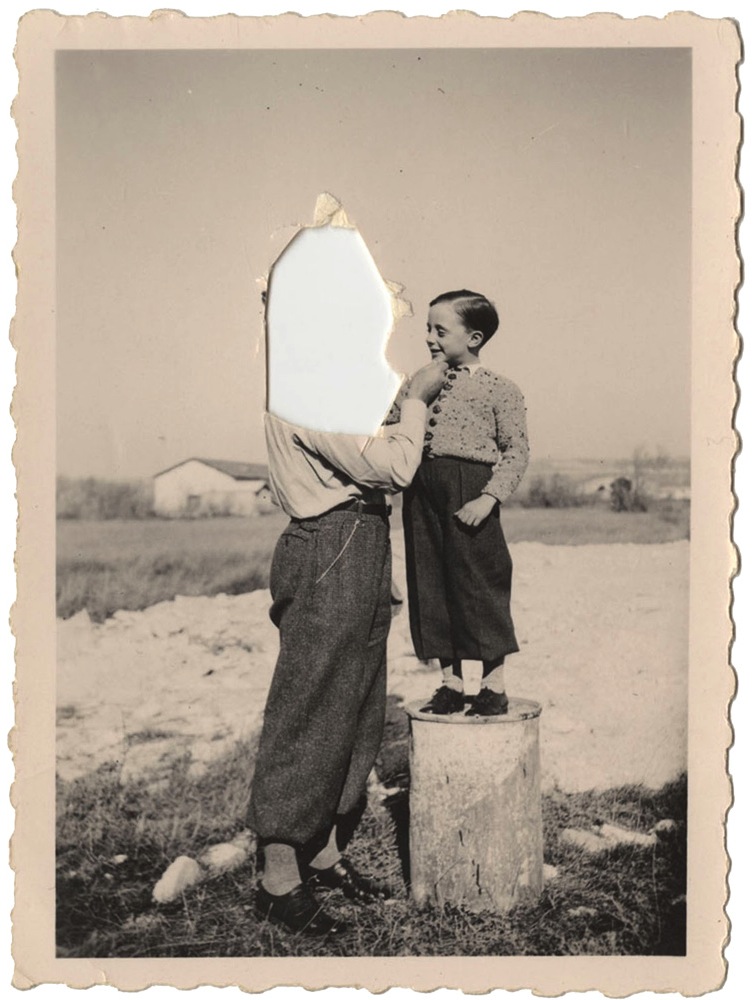
“Family or personal photographs are now taken to be shared with everybody whereas in the era of photo albums they used to be much more private.” So explains Dutch curator and editor Erik Kessels, otherwise known for his work at the legendary and unorthodox advertising agency, KesselsKramer. “We used to be the designers of our photo memories, not just someone who makes a slideshow on a computer. We don’t even have them in albums any more. The function of a photograph has shifted completely.”
There’s been no shortage of reflections on how we are living in a time when once-familiar objects are disappearing rapidly from our lives yet Kessels’ exhibition, Album Beauty, provides a thought-provoking meditation on the nature of obsolescence. Currently on display at Les Rencontres d’Arles in France, it is an ode to the lost world of the photo album, that container of family history and personal narratives. Comprising found and anonymous family photographs, it is the result of nearly 15 years spent rummaging through flea markets and second-hand stores across the globe.
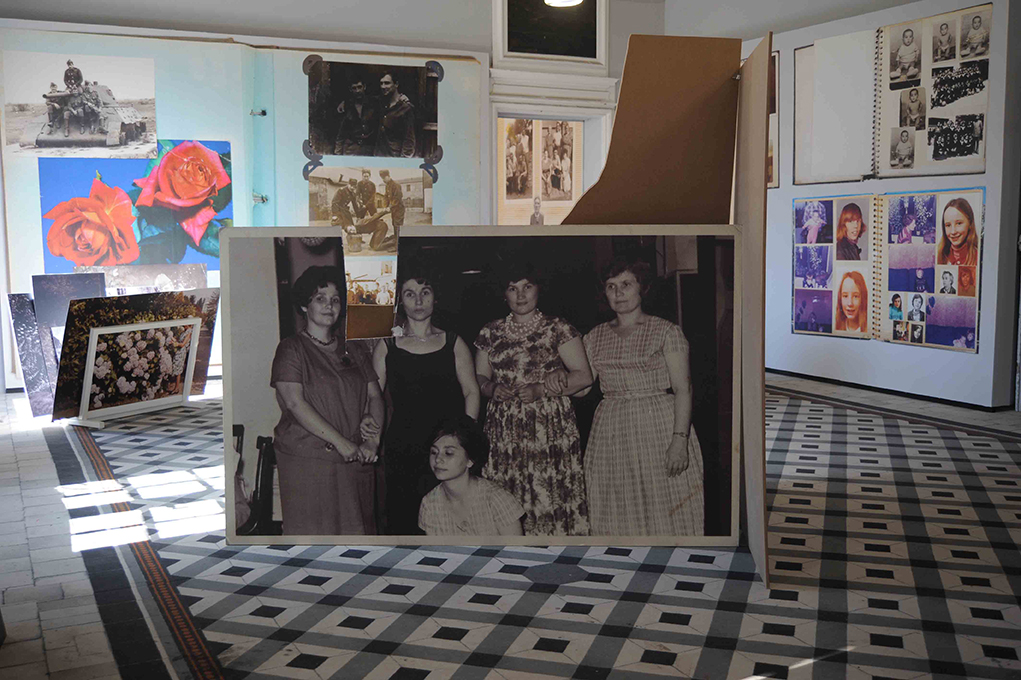
“It’s extraordinary to think that photo albums have only been in existence for roughly one hundred years, and now they are virtually dead,” Kessels says. Presented as an installation, the experience of Album Beauty is akin to walking through a physical photo album. Images are blown up to epic size and displayed as wallpaper, while others are shown in their original format. There are also interactive albums to leaf through, life-size photo props that visitors can put their face into, and photographs printed on carpets that visitors walk over. Kessels’ curatorial practice is one of constant carnival.
Yet beyond the nostalgic pleasure drawn from these pre-digital images, Album Beauty achieves a certain gravitas through the glimpses it offers into the human condition. While there are no critically important pictures here they are nonetheless glorious in their dullness. In a sense then, it’s a form of archaeology that lists the detritus of beauty, boredom, travel, companionship, innocence, youth, pride and participation.
“I am very interested in the certain typologies that you might find within albums,” Kessels explains via telephone from his office, a converted church in the heart of Amsterdam. “For instance, people make mostly on average 7 or 8 albums during their lifetime. The first is always when a couple meet each other, they’re in love and they go on holiday etc.”
Noting how analogue family photography was a largely engendered pursuit, he adds: “It was mostly men taking pictures of their partners. It was them who had the machine around their neck. For instance, in [the album labeled “Helene”], the man is taking close ups of her excessively. Even his girlfriend’s name is written in large lettering. You can tell he considers her an adorable, desired object.
“The second album that was made is mostly related to the marriage. You see this phenomenon all over the world, in all kinds of countries. The third one is usually totally dedicated to and fanatical about the first-born child. The fresh parents just can’t show it off enough. When people can’t have children then they focus their album on other things such as dogs. When there are no children and no dogs, they opt for the car. What else is there to photograph?”
As for the fourth, the fifth, the sixth and the seventh albums, he says: “They’re a complete mix of everything; more new children, holidays, important occasions etc, so it’s total chaos, with blank pages and all.”
And in the eighth? “The eighth is comparable to the first. The couple are together, alone again because the kids have gone to university or left home. However, you can observe that the woman usually appears smaller in the frame, either because the man loses interest, she doesn’t want to be photographed or due to the fact that he’s more interested in the surrounding landscape.”
Kessels is finely attuned to the voice of propaganda that rings sternly through out family photography, though he notes that this idea is not just specific to physical albums but is also present via avatars and profiles on Facebook, MobileMe, or Instagram, for example, in which people present carefully constructed images of themselves. Largely radiating happiness, such platforms allow for an all too perfect distillation of life, he says: the best situations, the best smiles, the sunniest of days.
Yet Kessels clearly has little concern for the neatly pruned. Instead, he actively seeks out the dissonant, the banal, and most crucially, the disruption to ritualised harmony within family photography. “A long and dedicated search through photo albums will occasionally reveal something less than perfection,” he says. “Something other than an entry in the competition to appear normal. And in these cracks, beauty may be found.”
As such, imperfection gets its dues. Whether this manifests itself in ill-shaped yawns, awkward poses or technical mistakes such as poor lighting, exposure, and red eye, or more adventurous examples that include grooms maliciously cut out of photographs, Album Beauty demonstrates, in the words of Kessels, how “the so-called ‘errors’ can reveal the truth.”
Erik Kessels is a Dutch curator and editor. He is a founder of the advertising agency KesselsKramer.
Tim Clark is the Editor-in-Chief and Director of 1000 Words Photography Magazine. Follow him on Twitter @1000wordsmag.
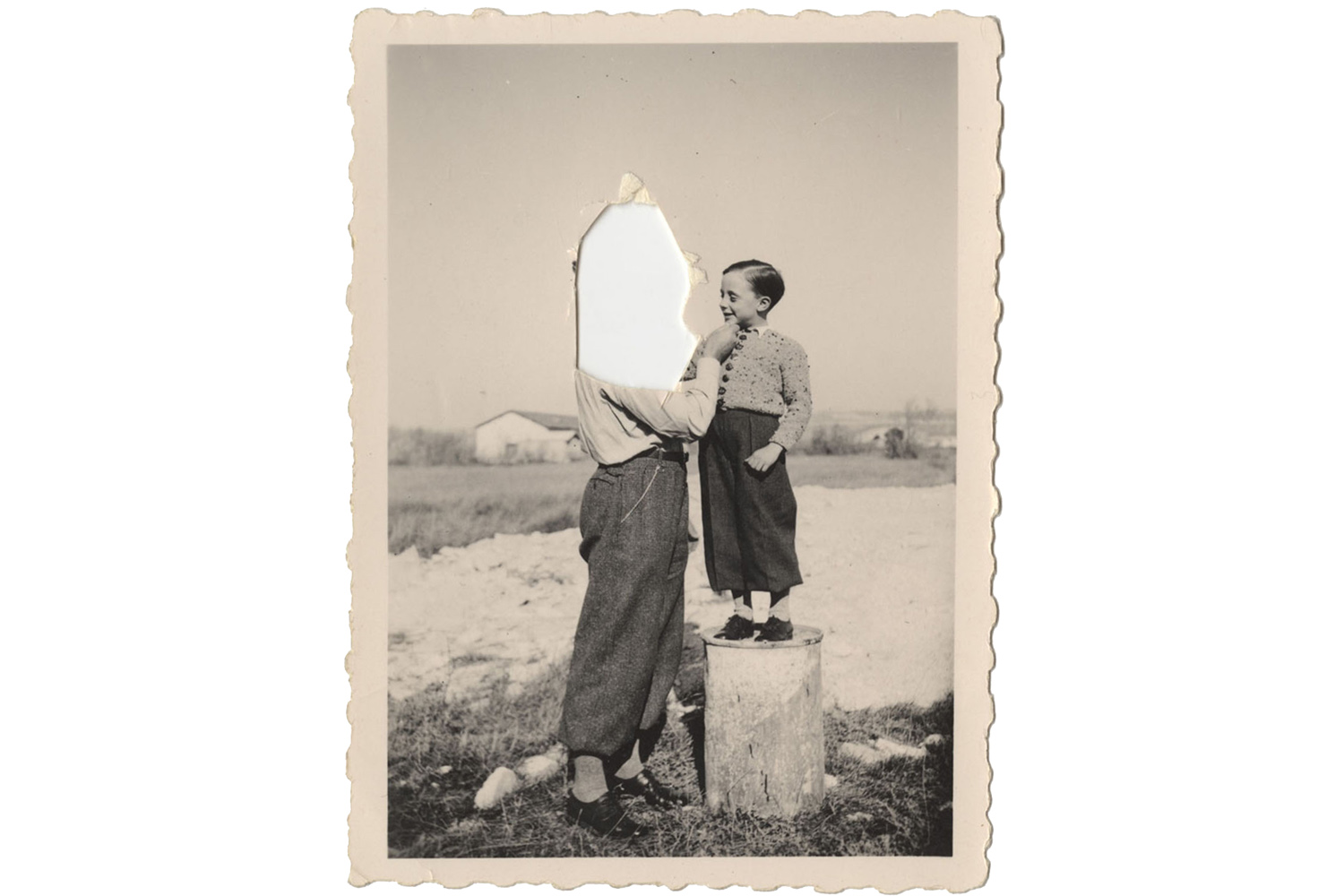


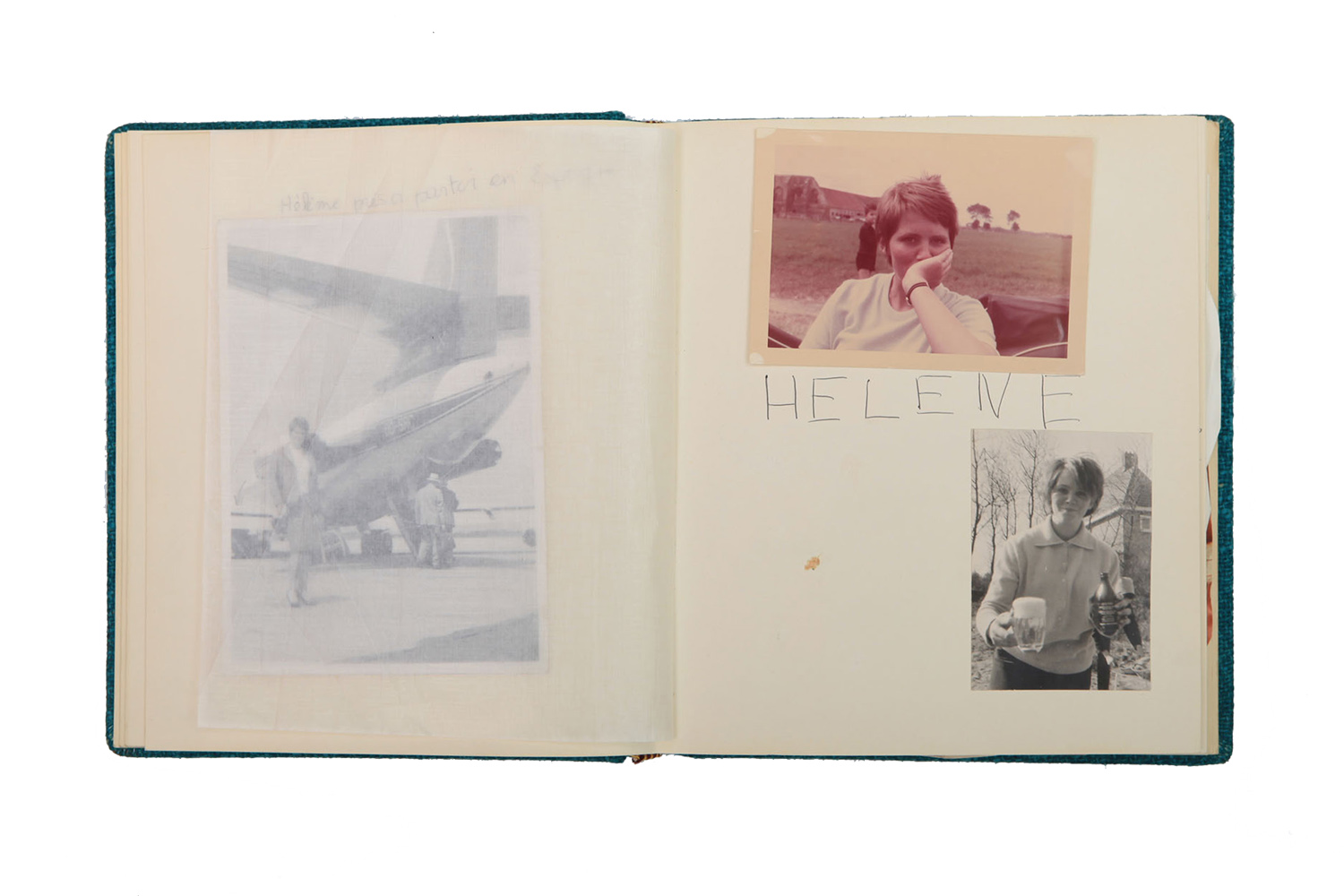
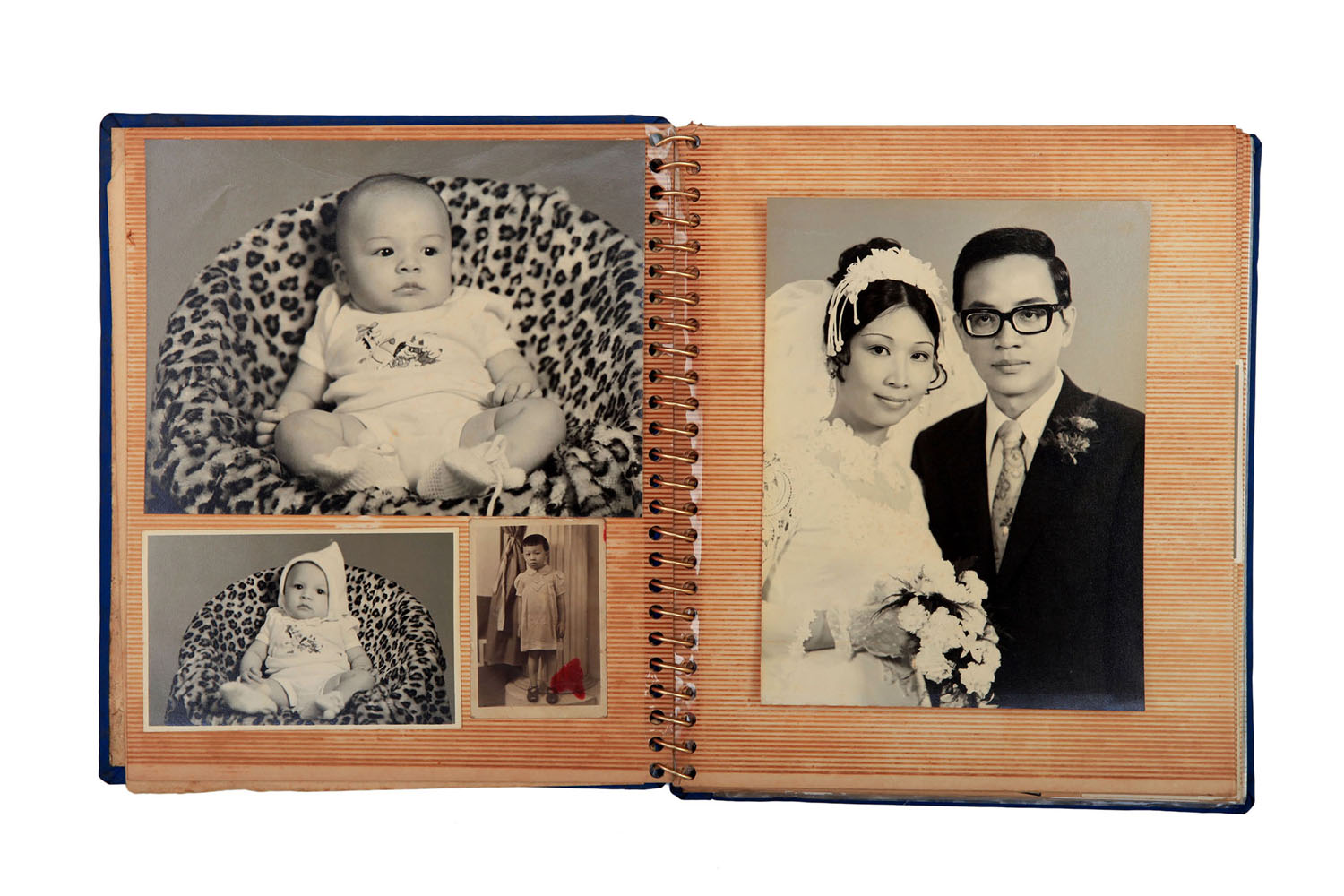

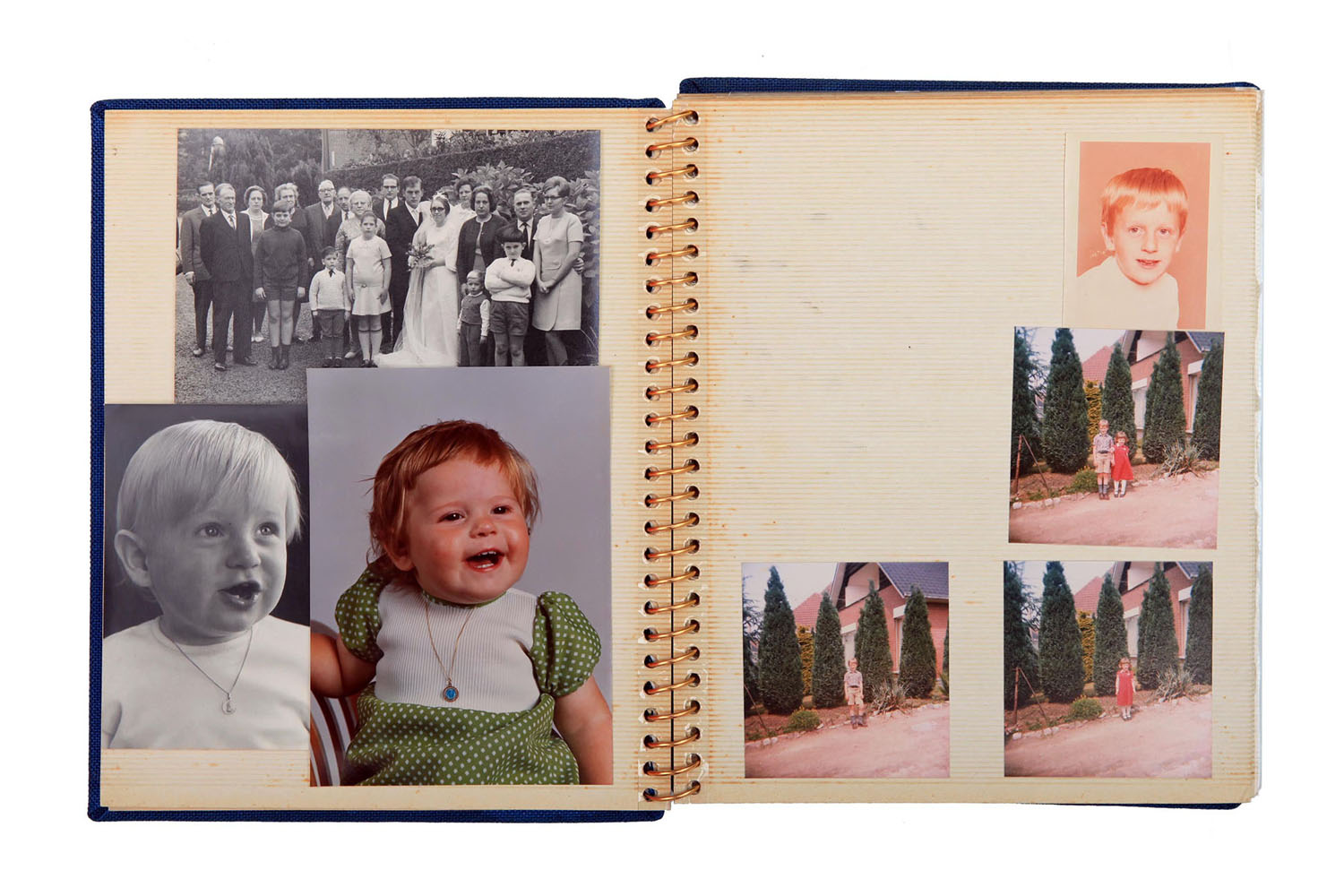

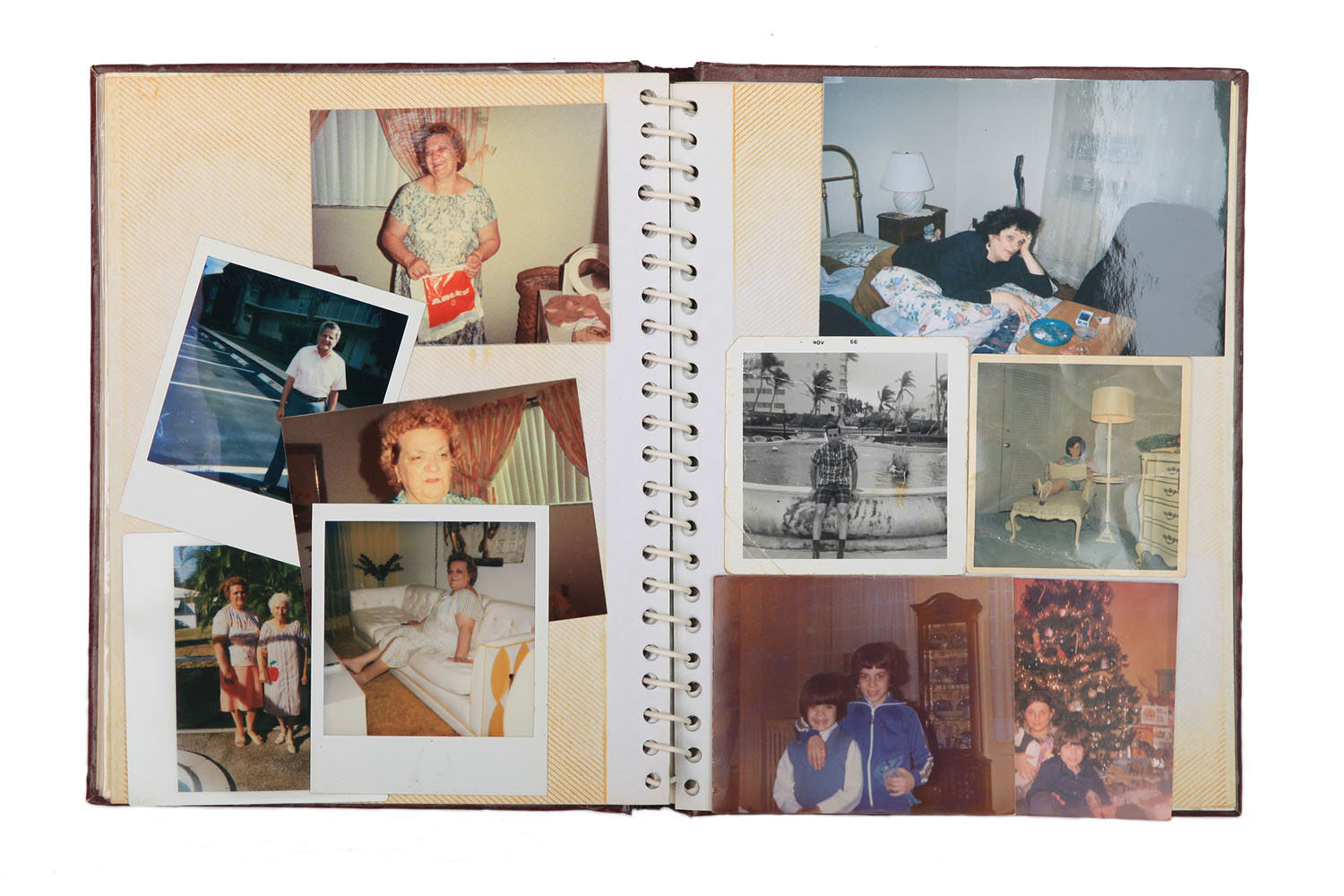

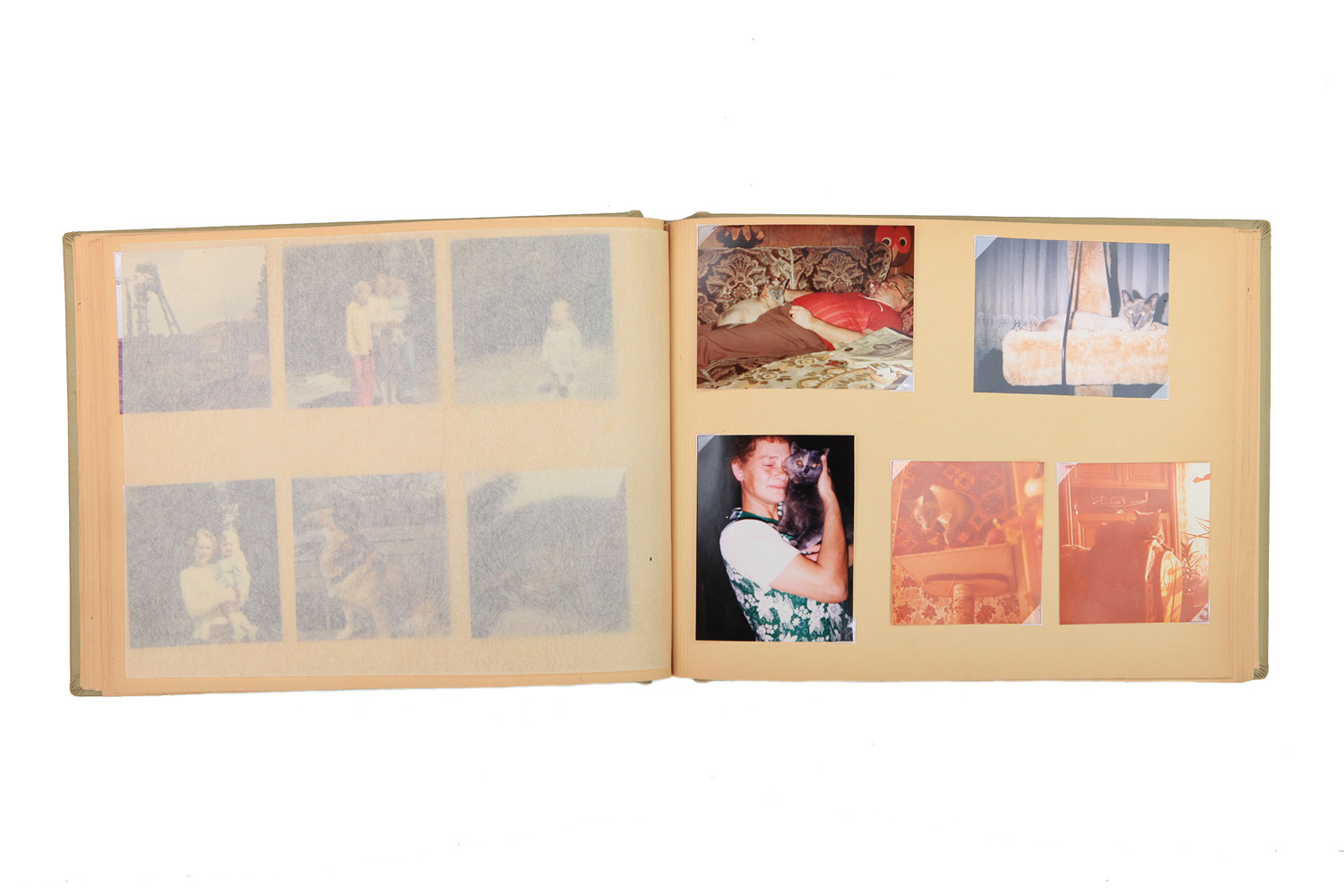

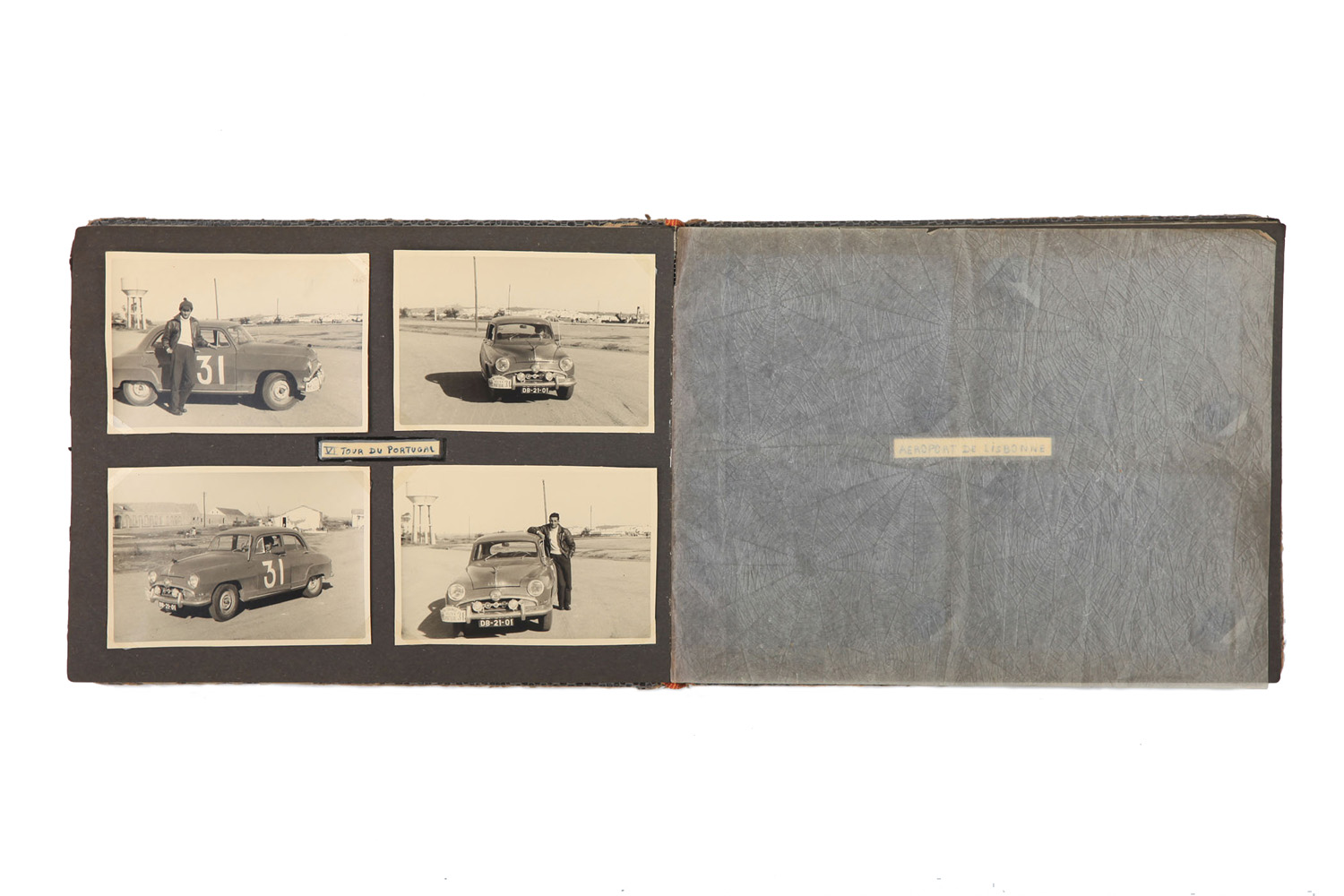
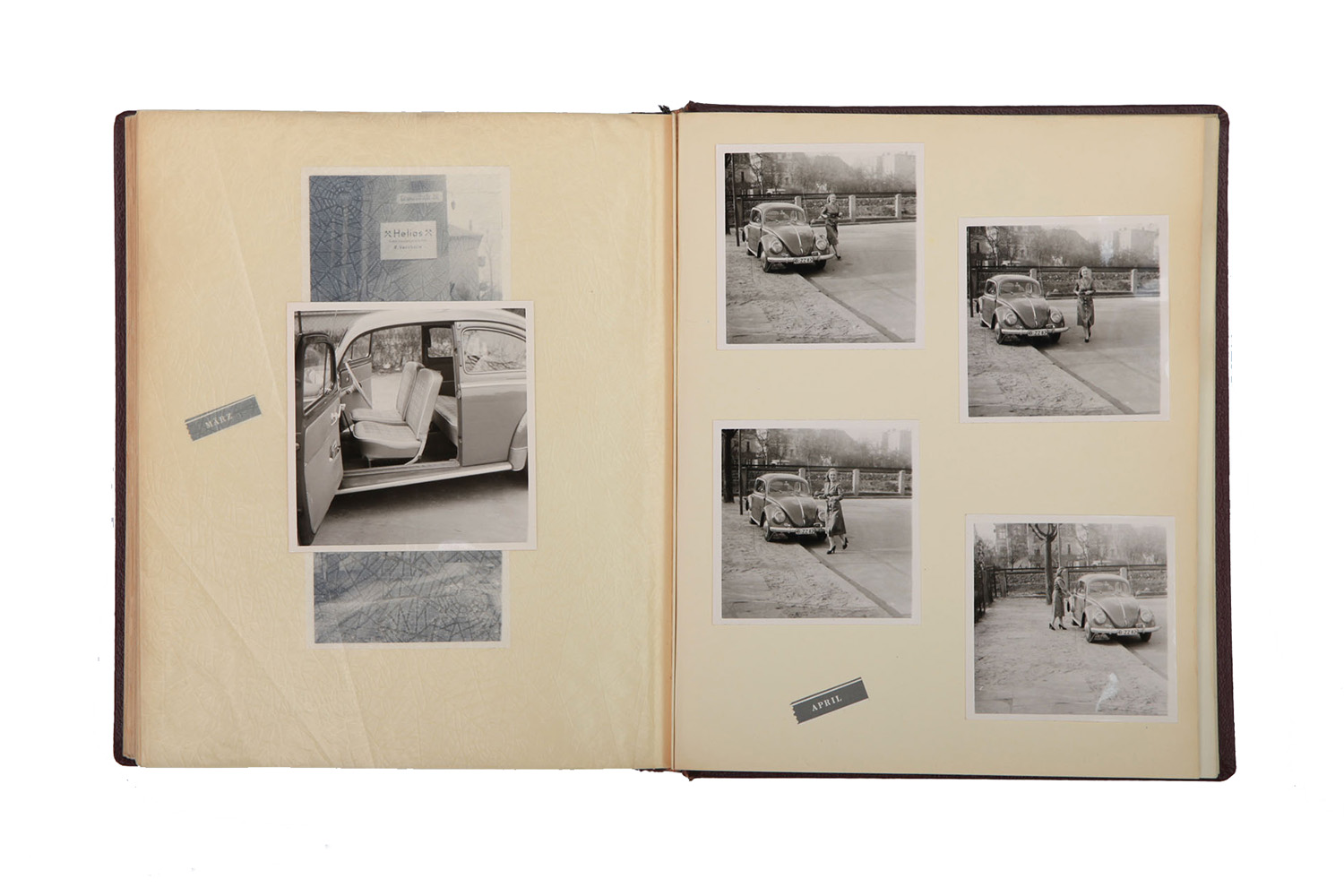
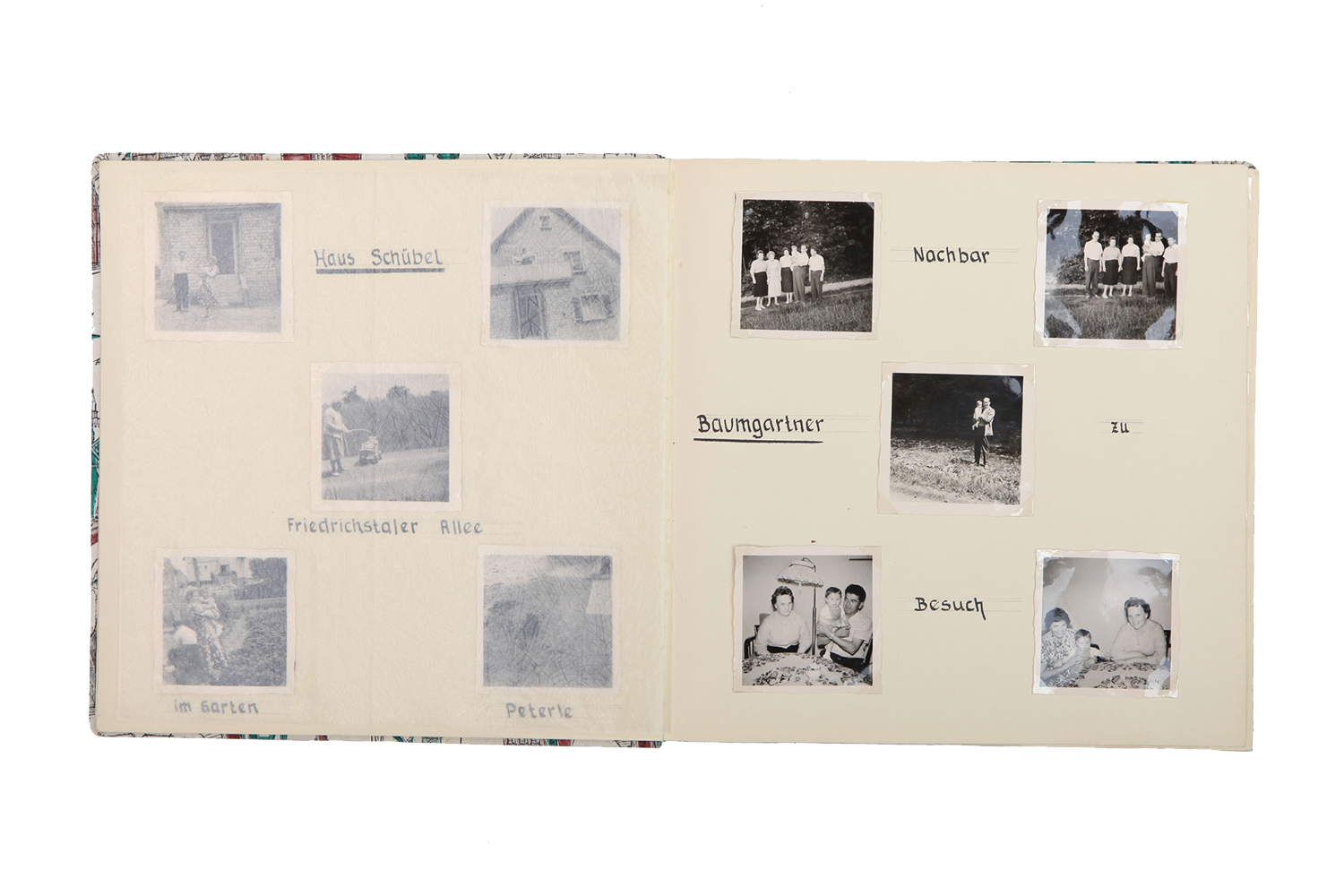
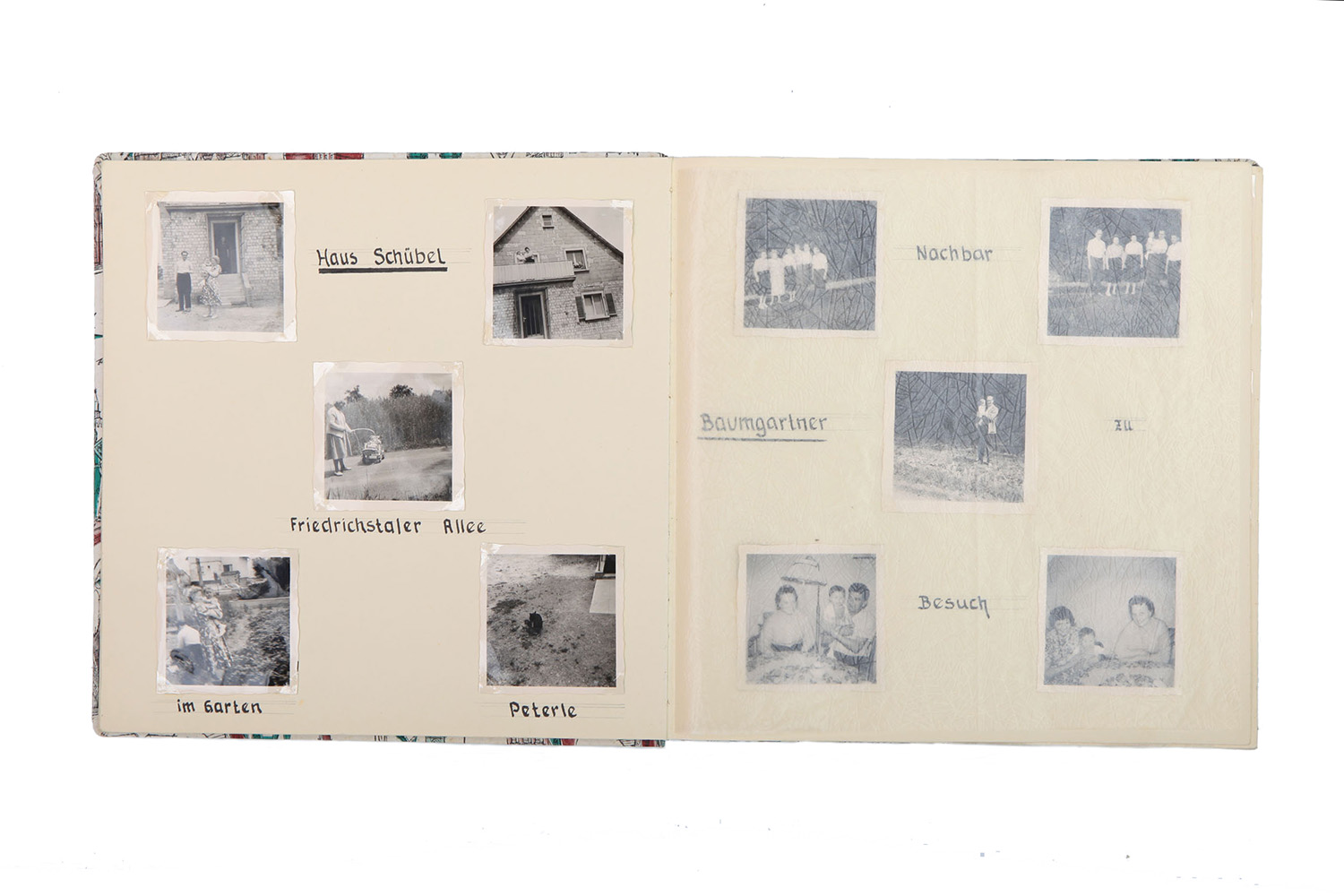
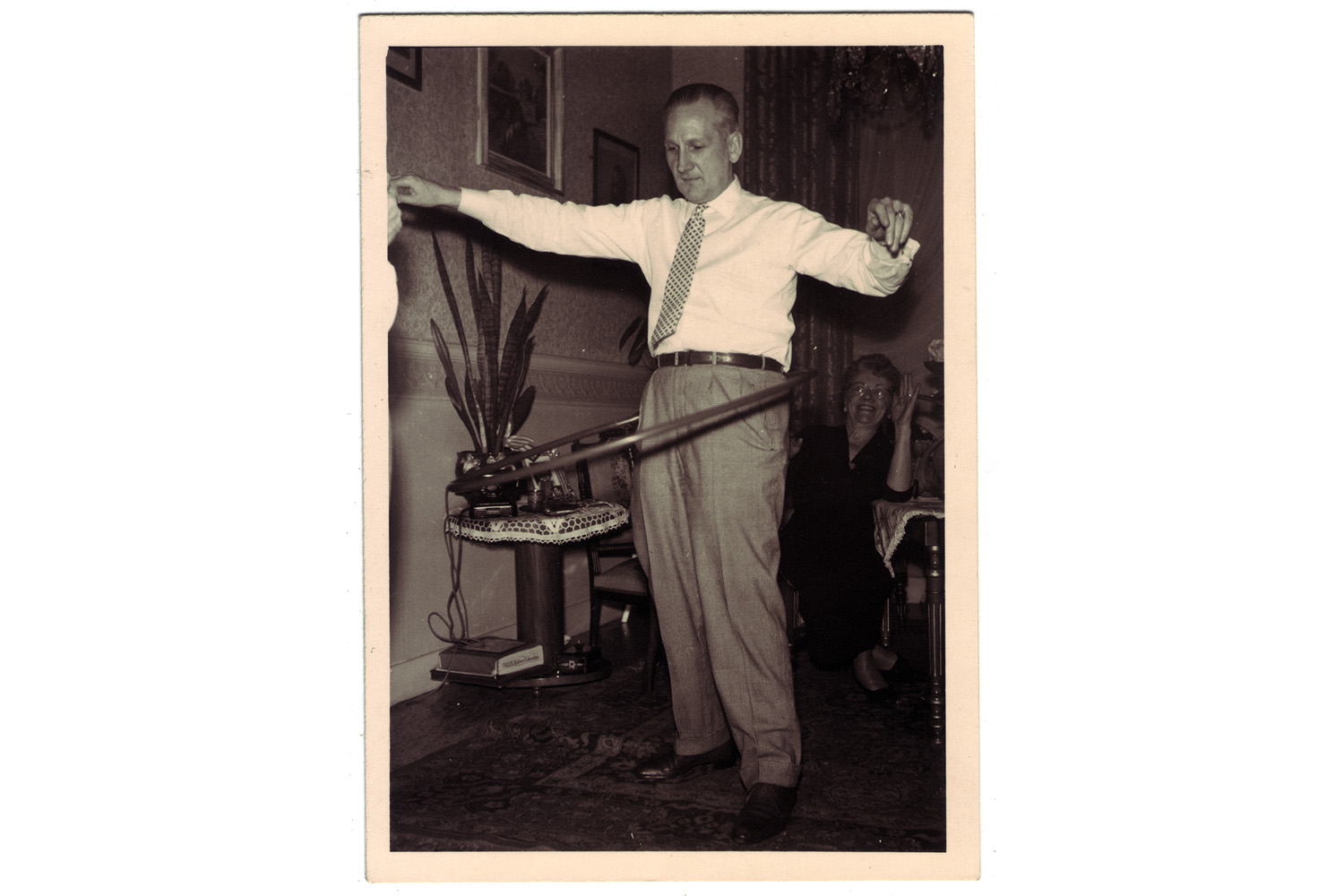
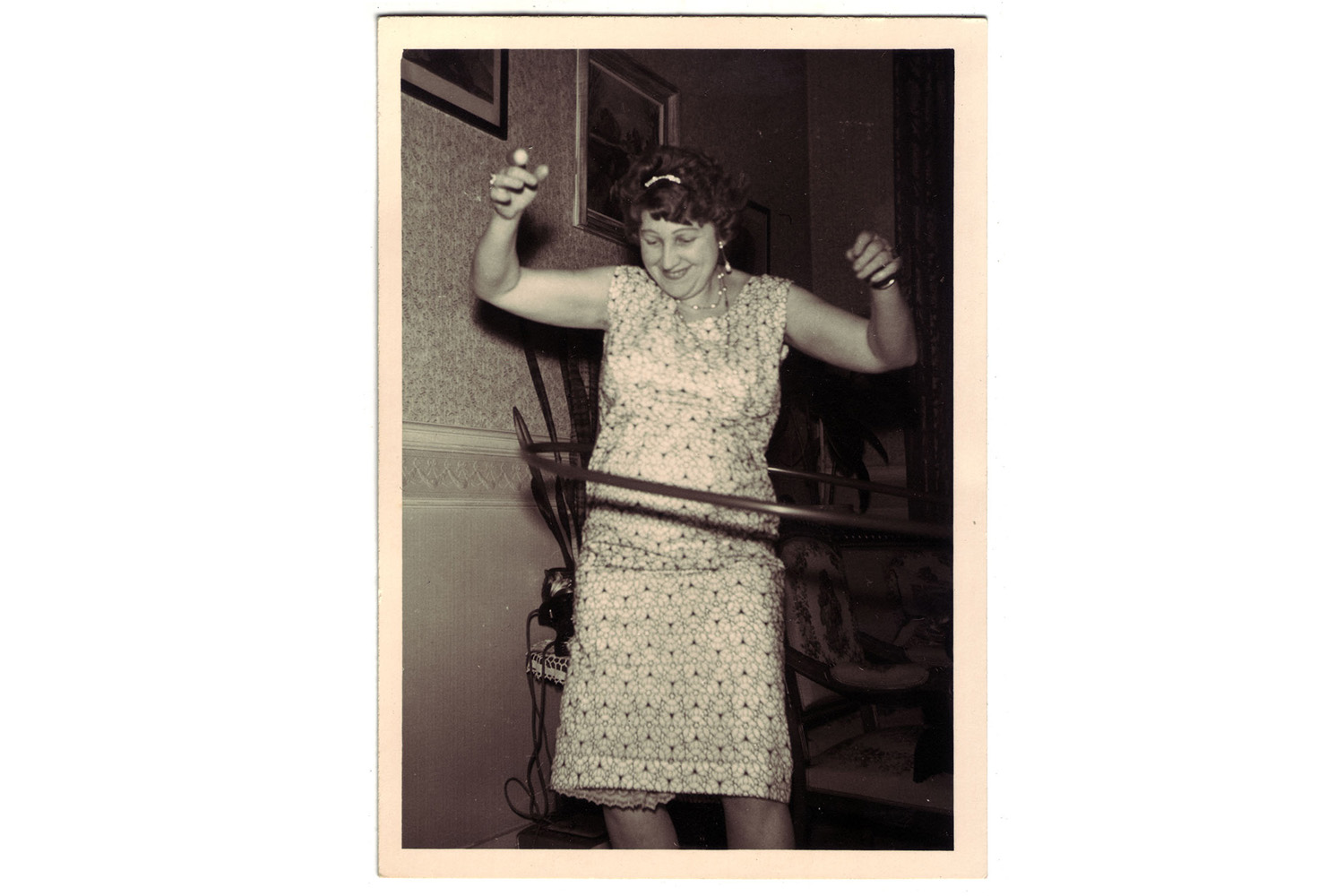
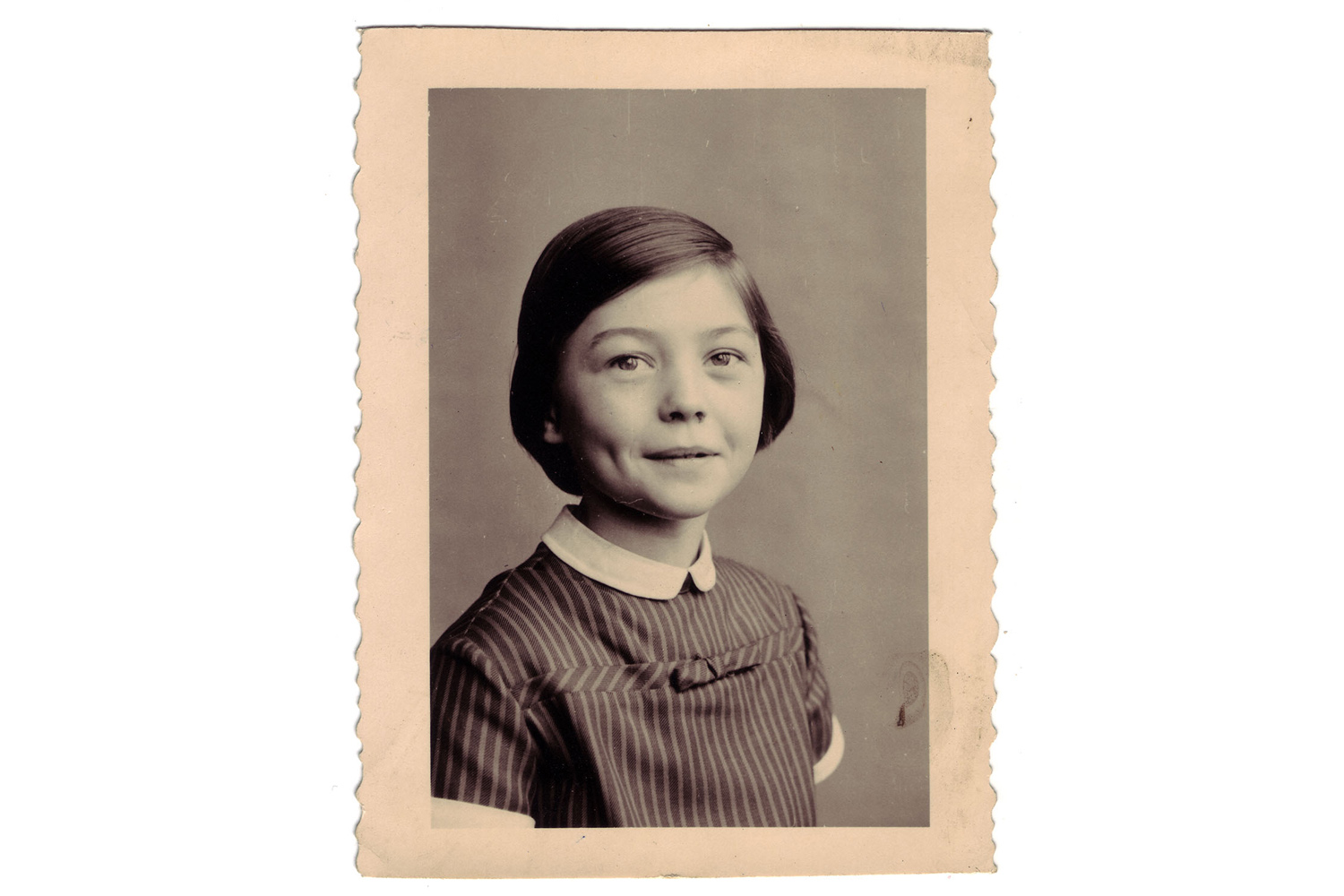
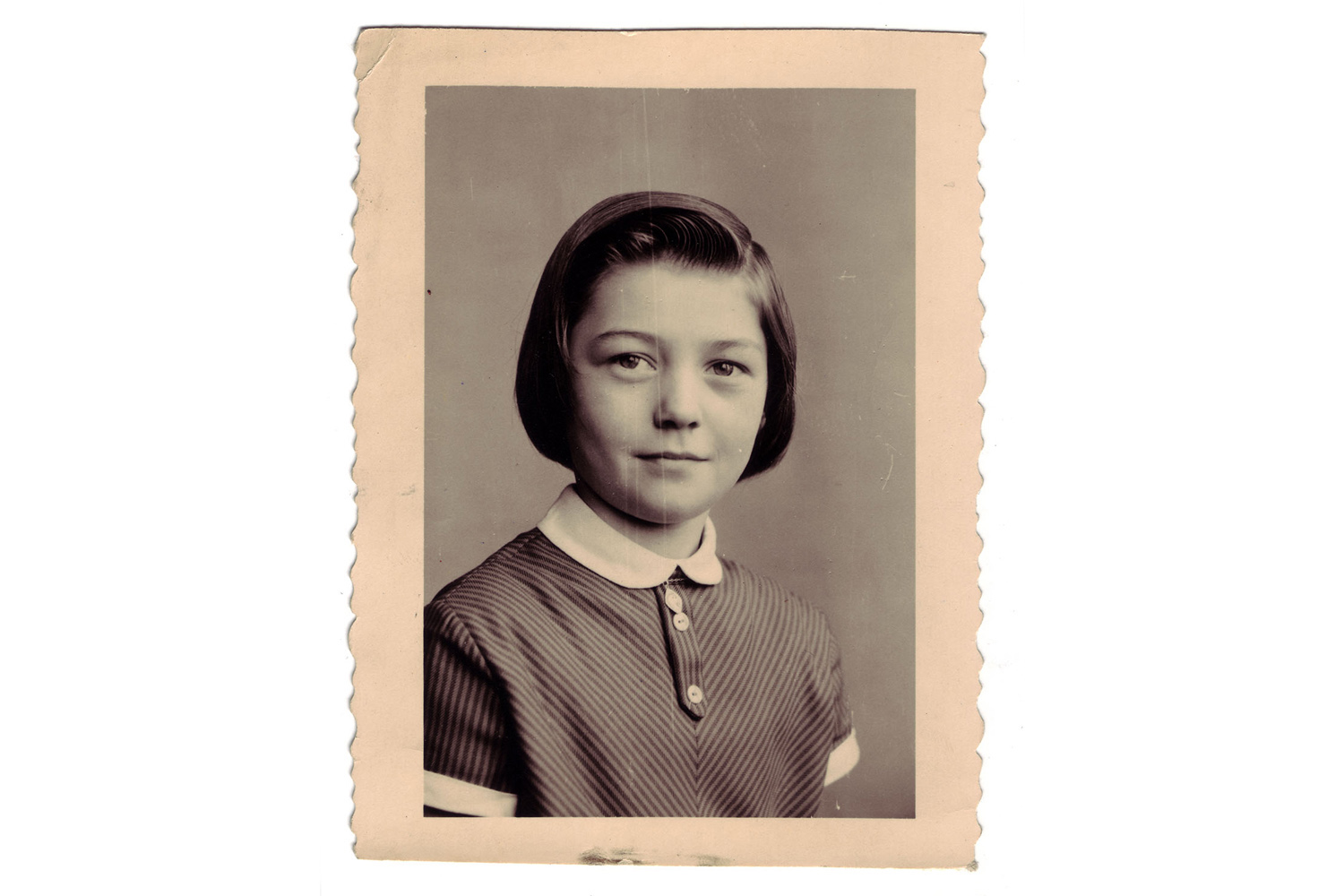

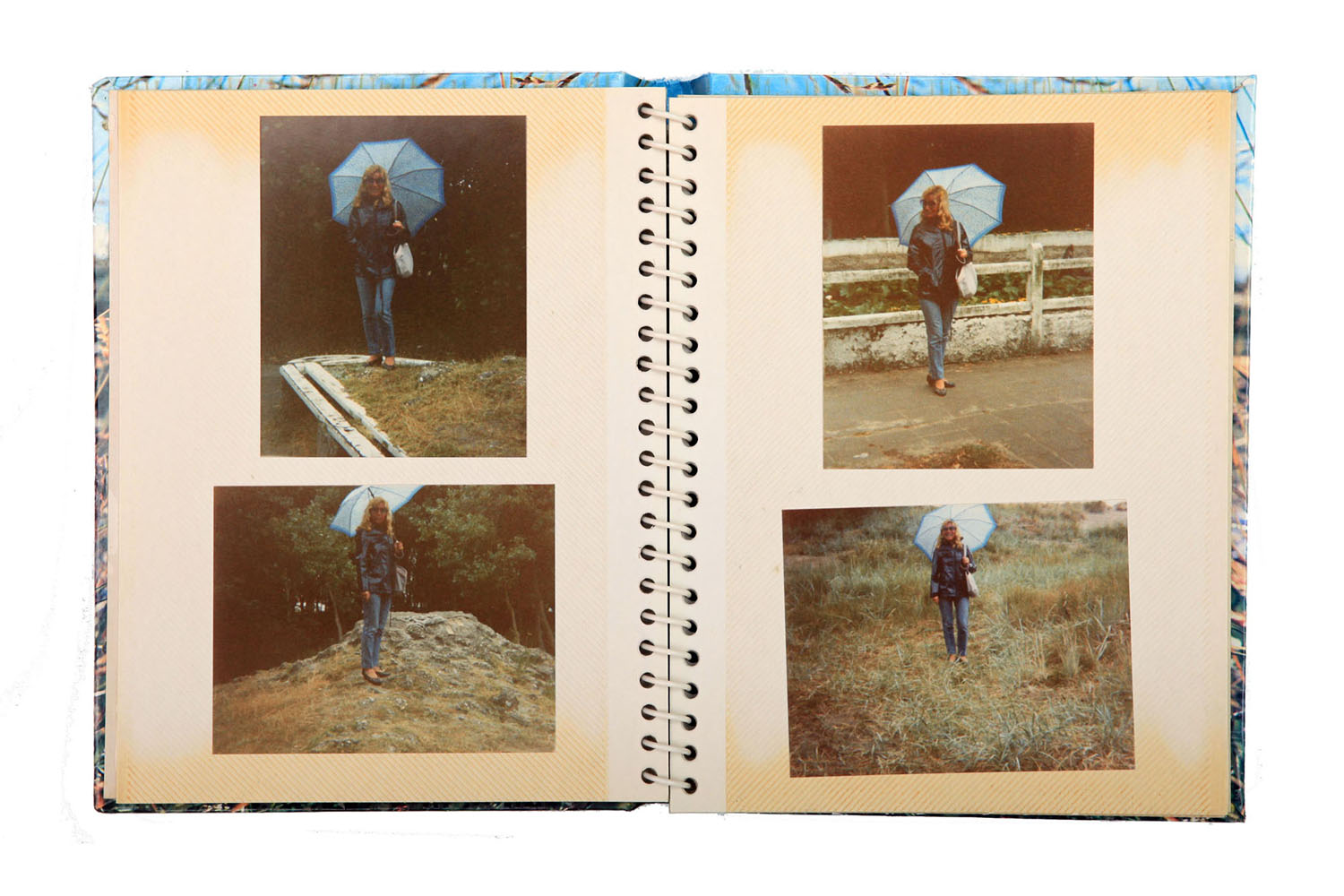
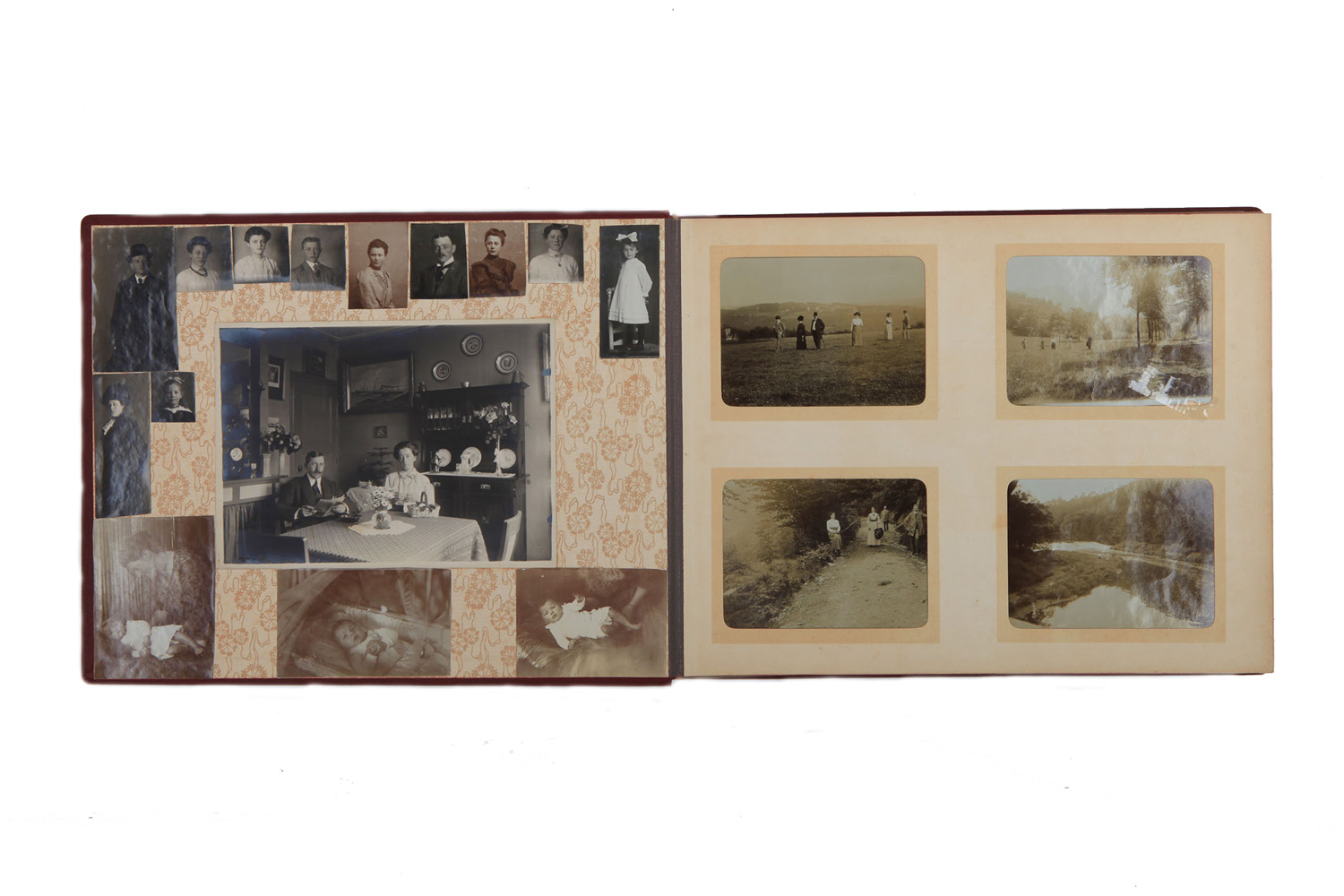
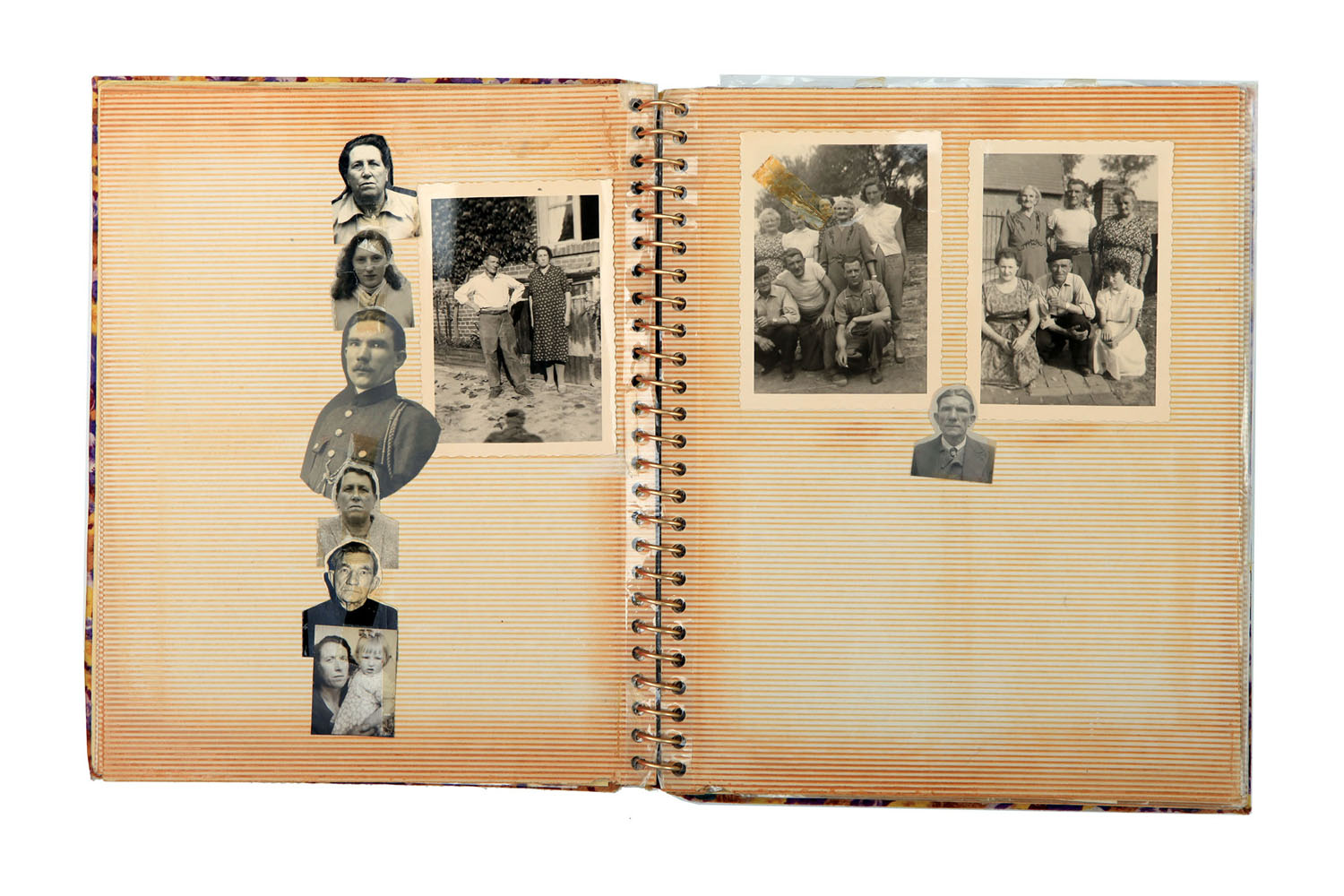

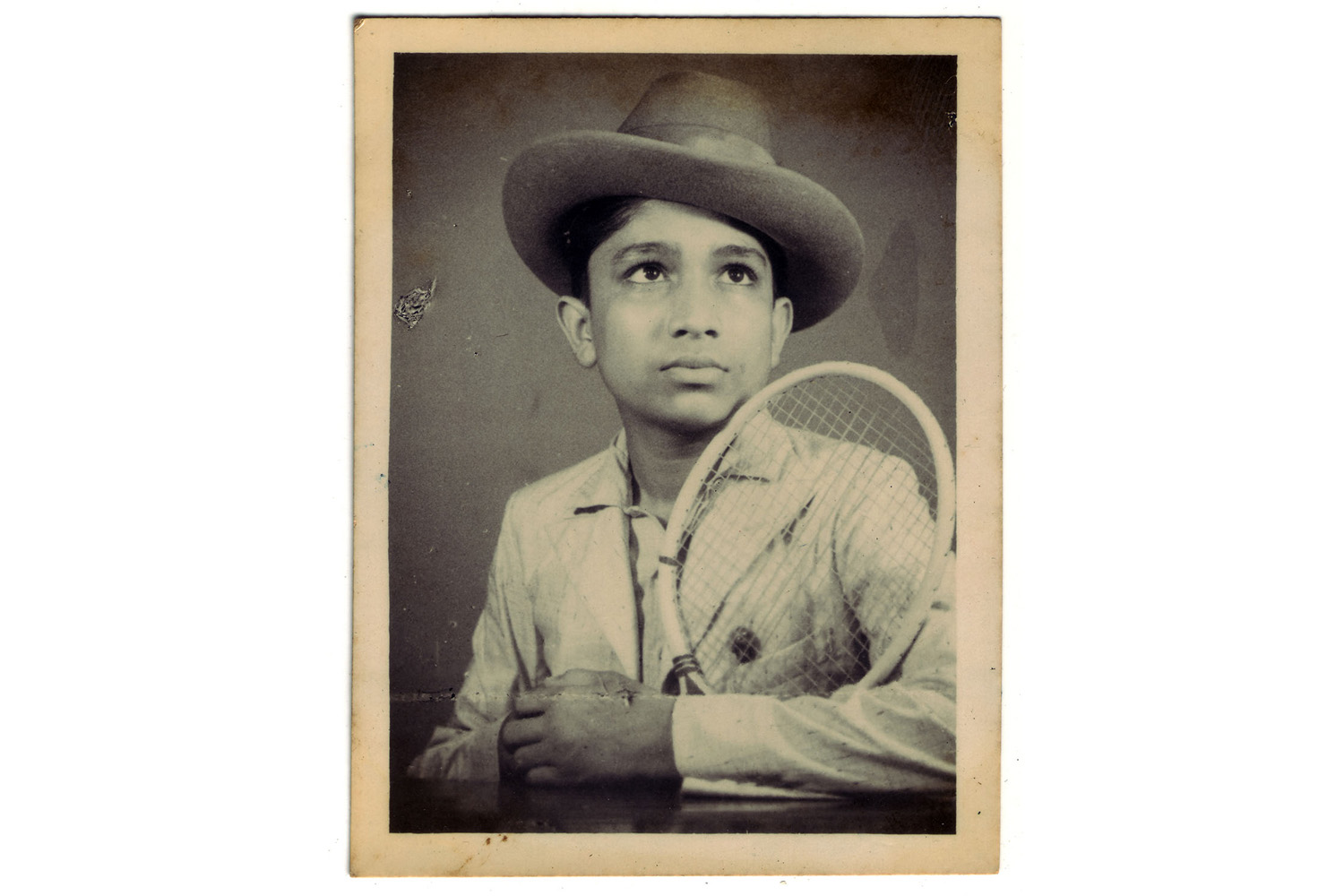
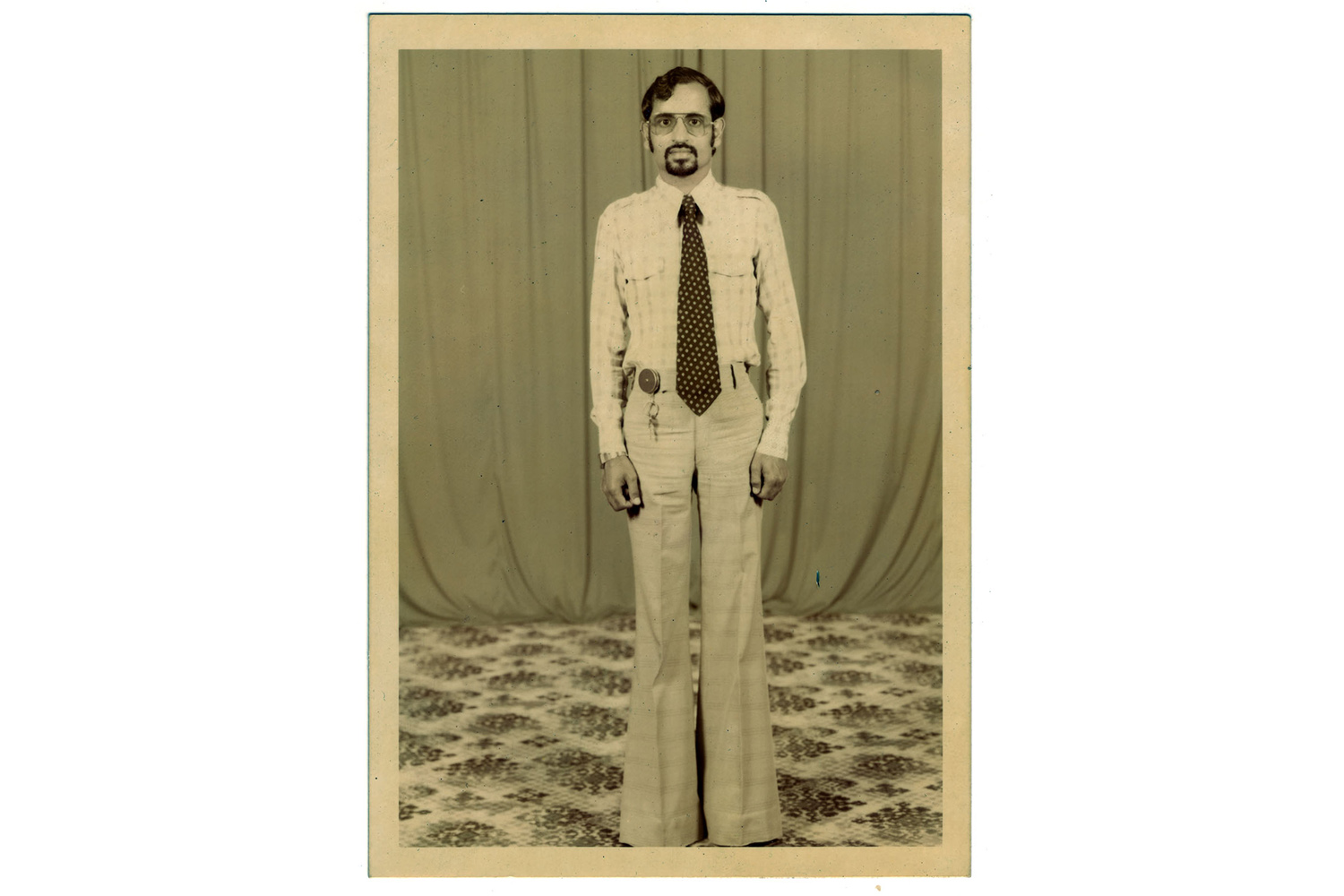
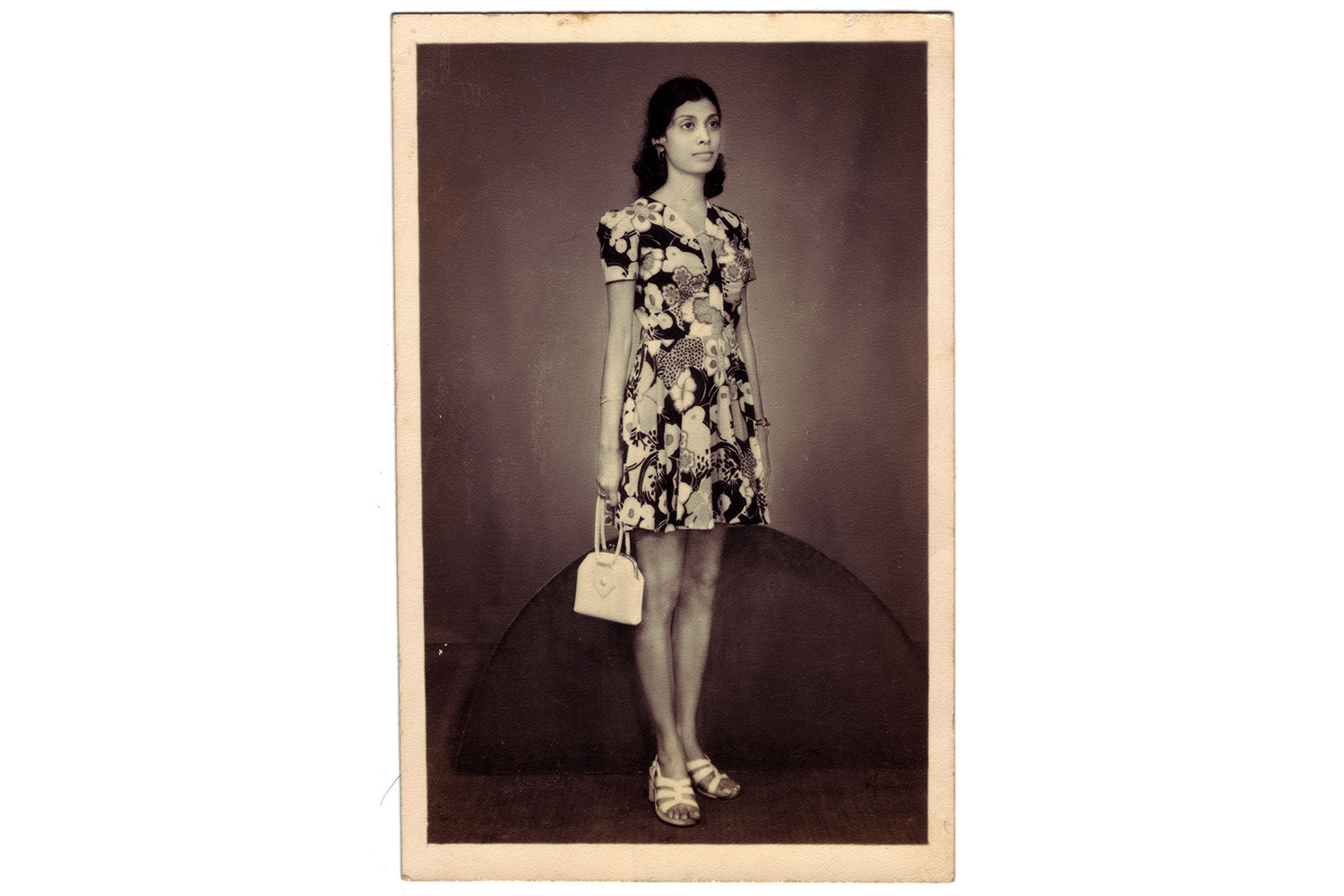
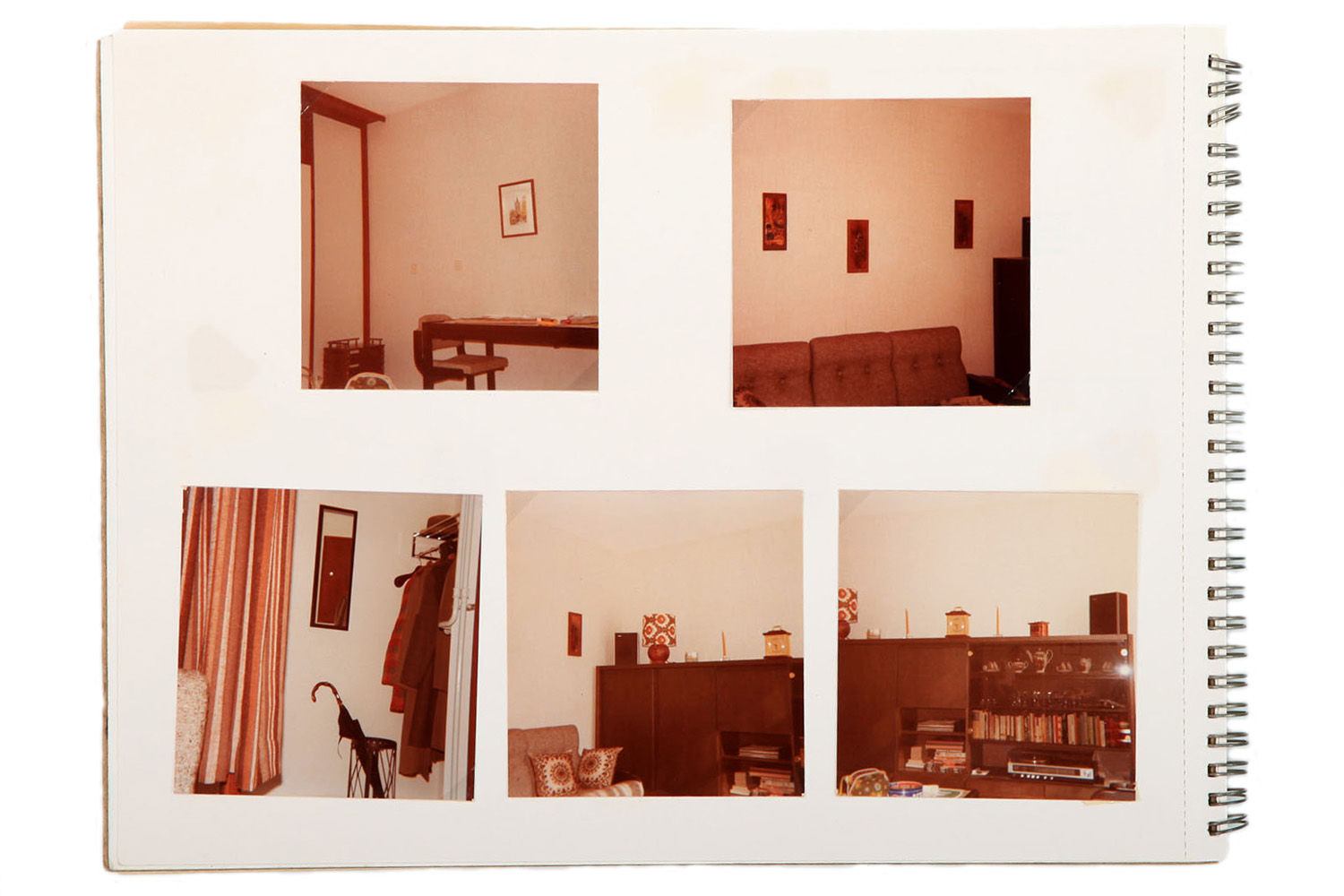
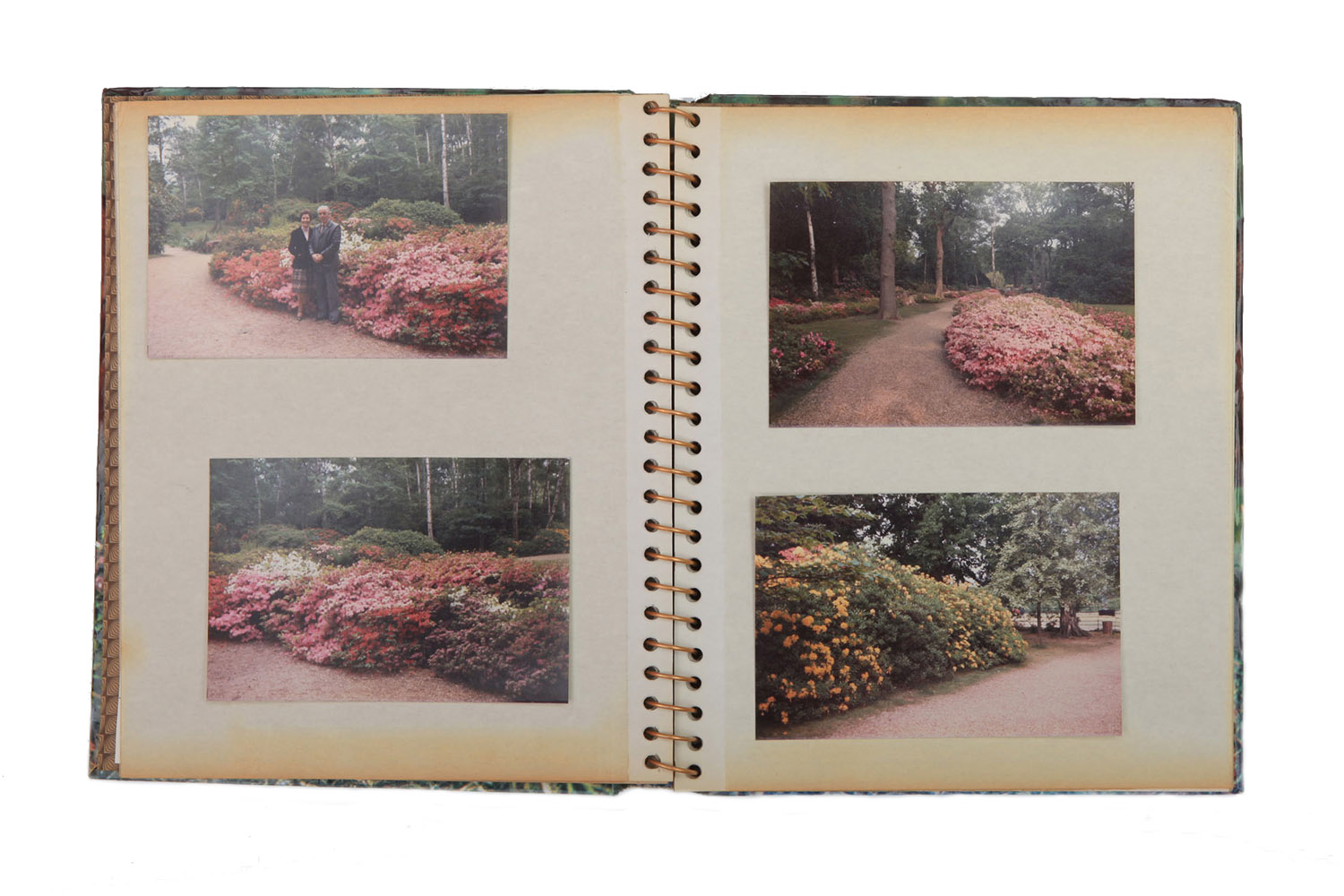

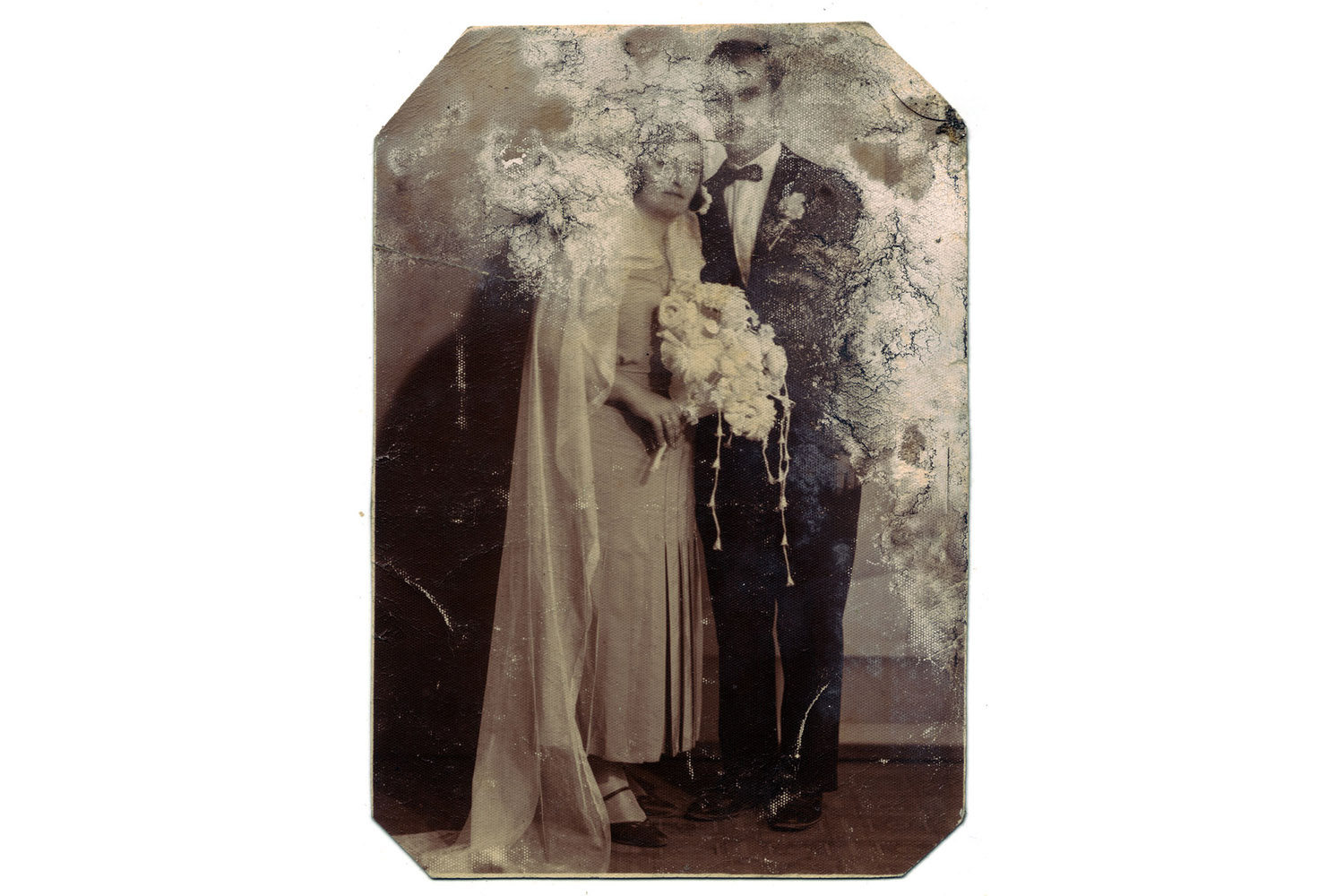

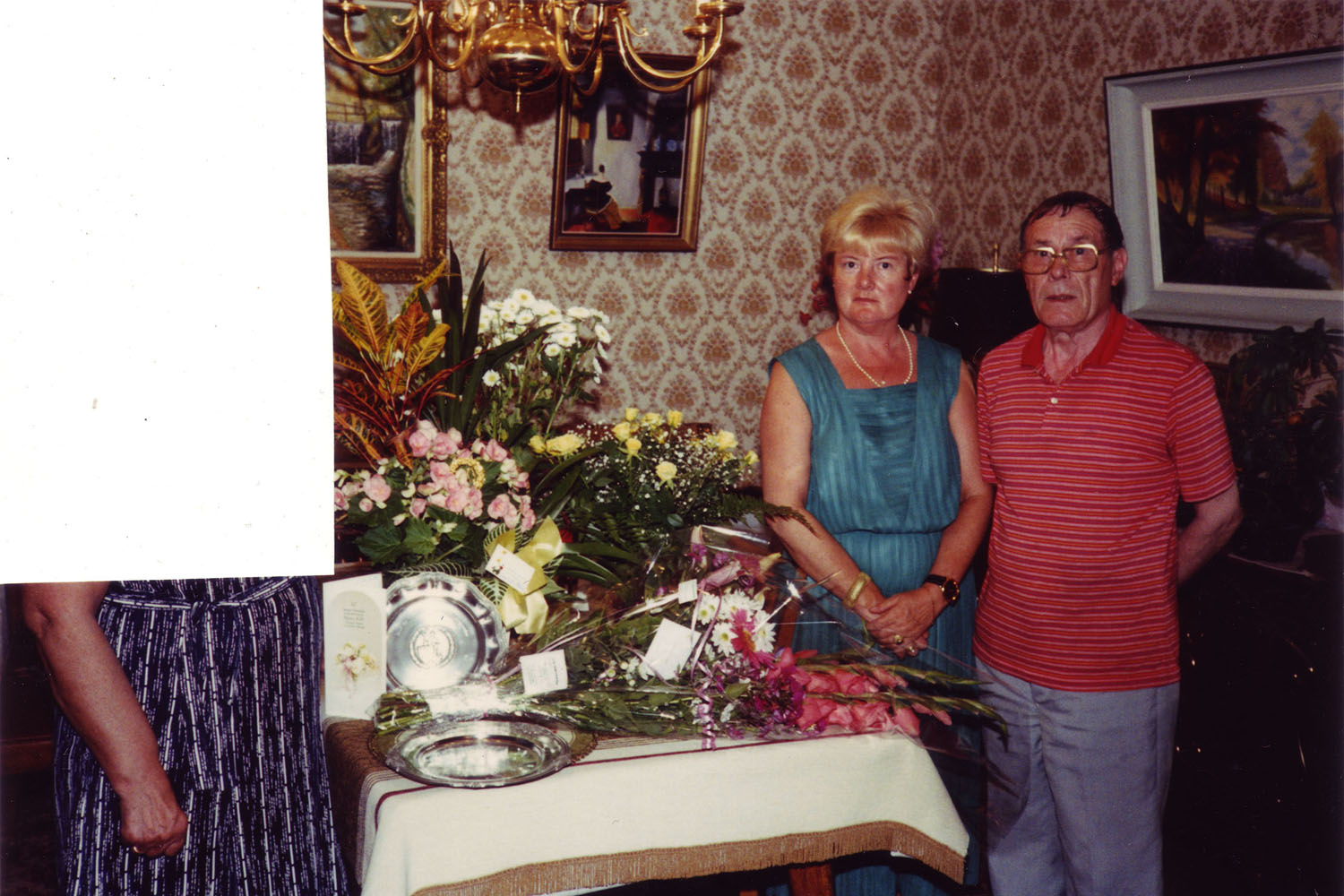
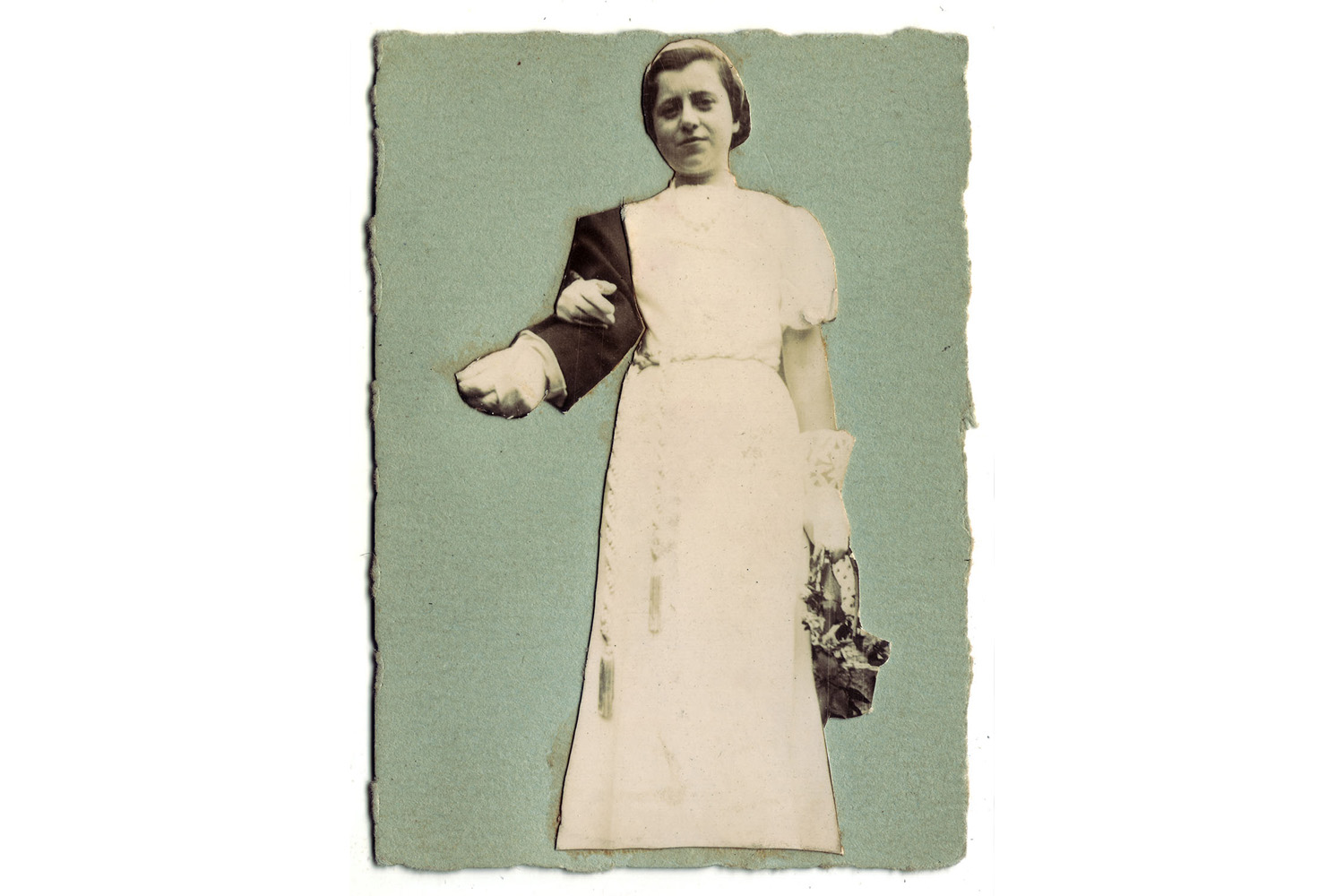



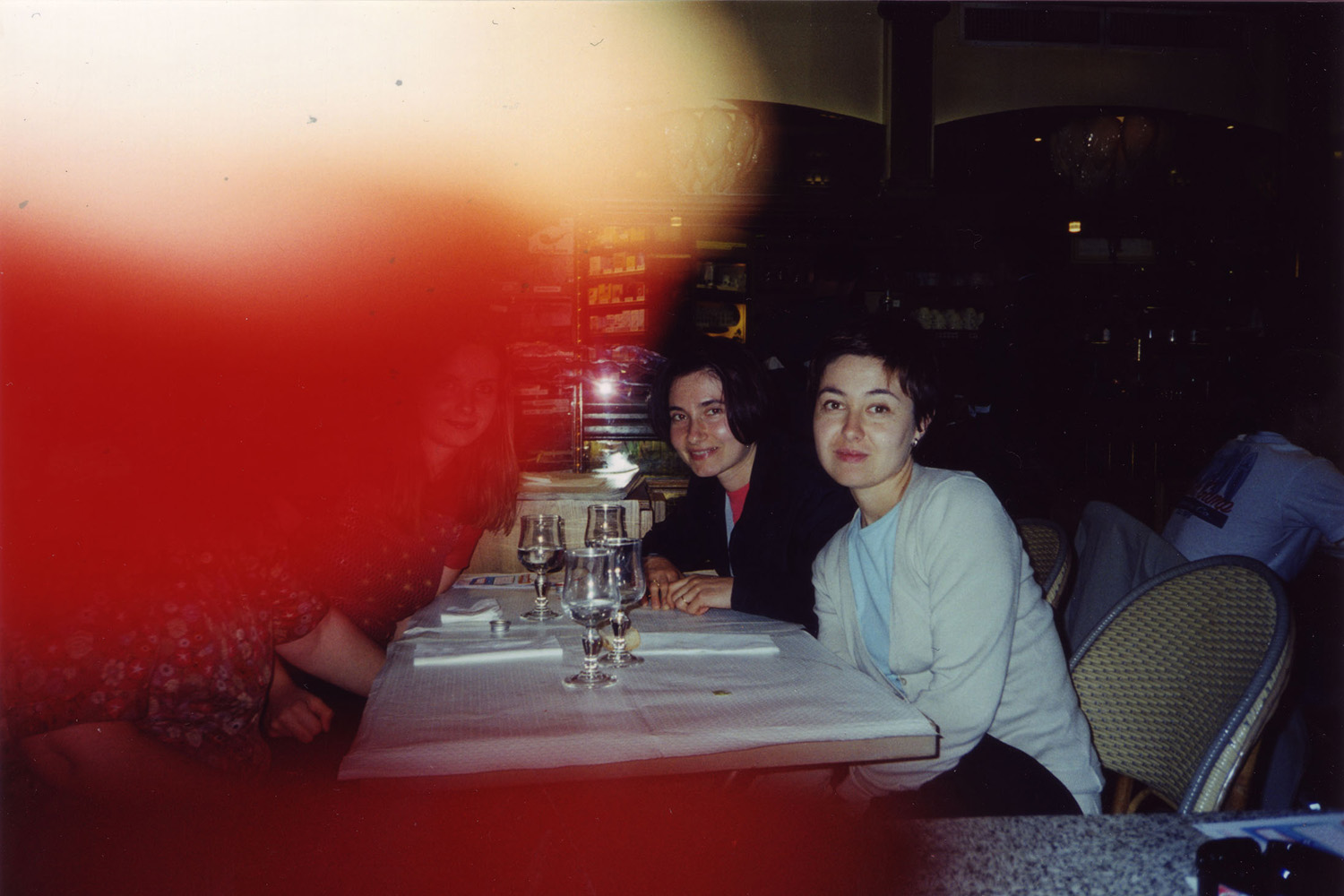

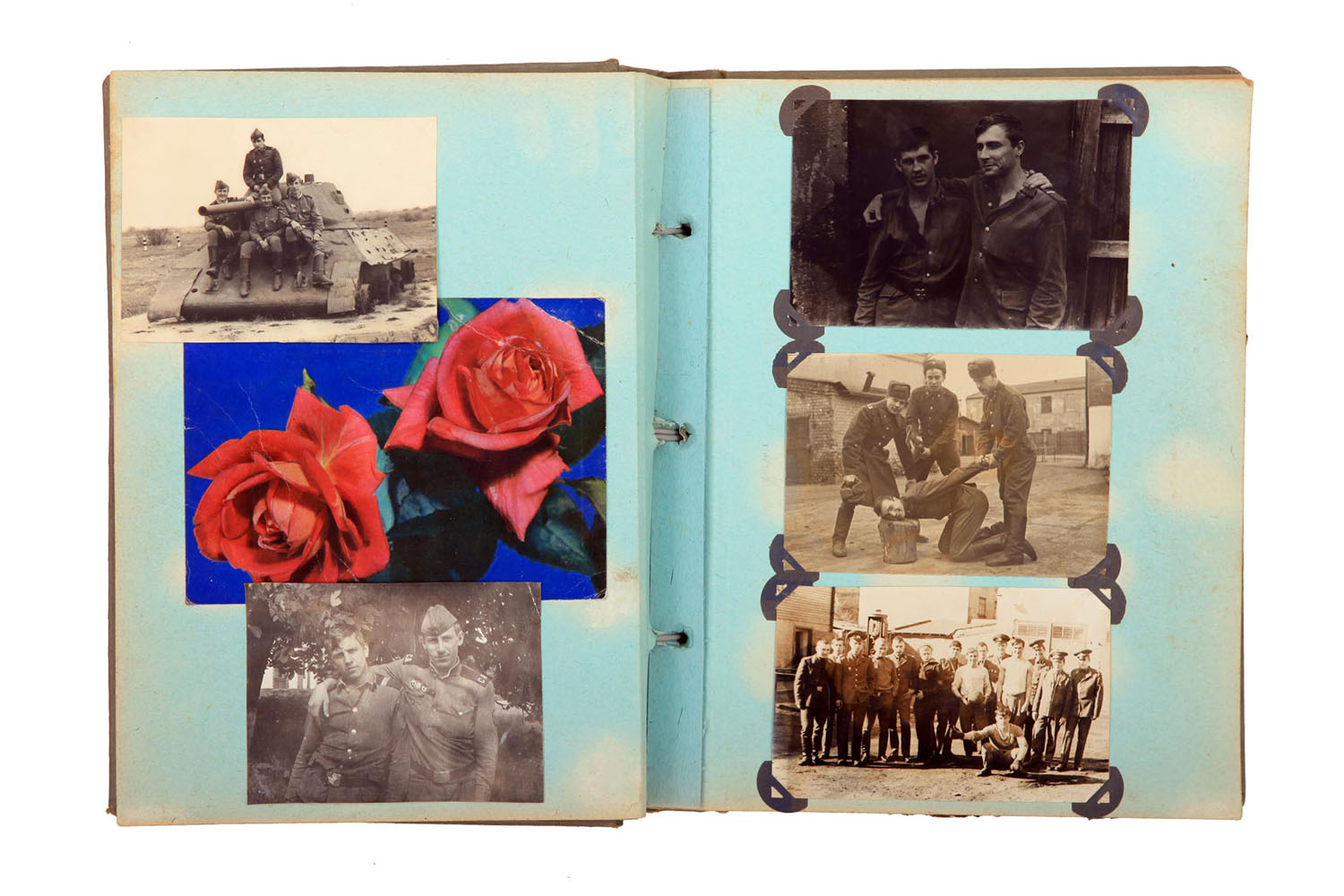
More Must-Reads from TIME
- Why Trump’s Message Worked on Latino Men
- What Trump’s Win Could Mean for Housing
- The 100 Must-Read Books of 2024
- Sleep Doctors Share the 1 Tip That’s Changed Their Lives
- Column: Let’s Bring Back Romance
- What It’s Like to Have Long COVID As a Kid
- FX’s Say Nothing Is the Must-Watch Political Thriller of 2024
- Merle Bombardieri Is Helping People Make the Baby Decision
Contact us at letters@time.com